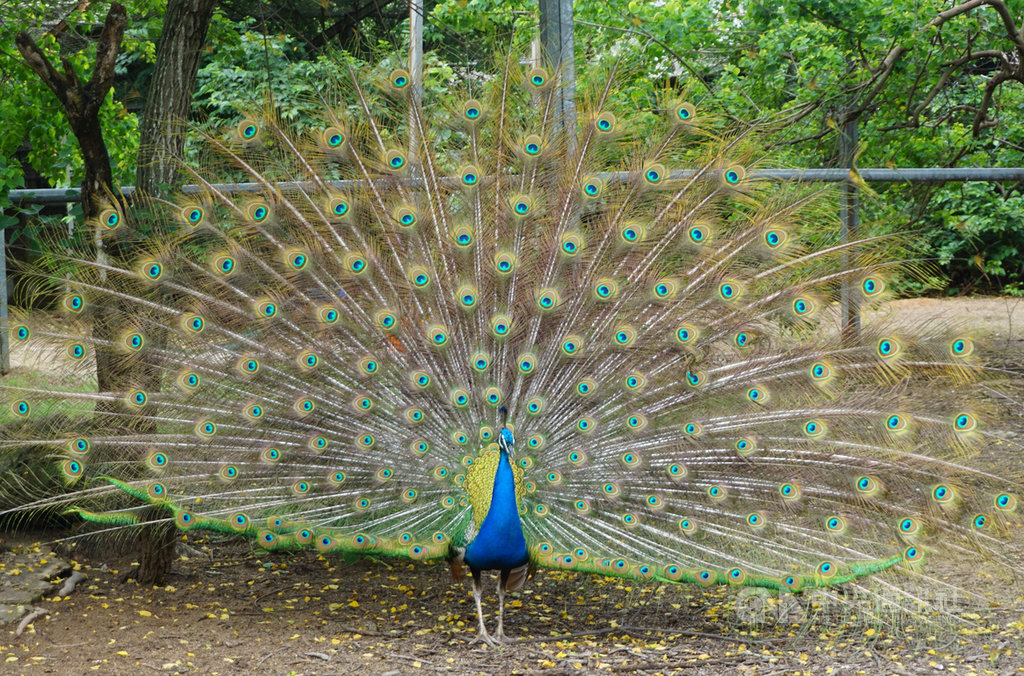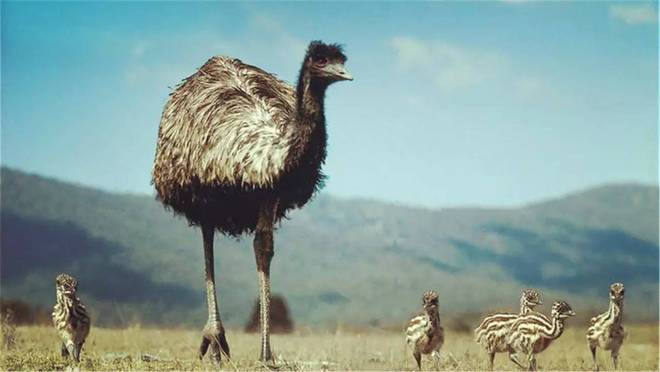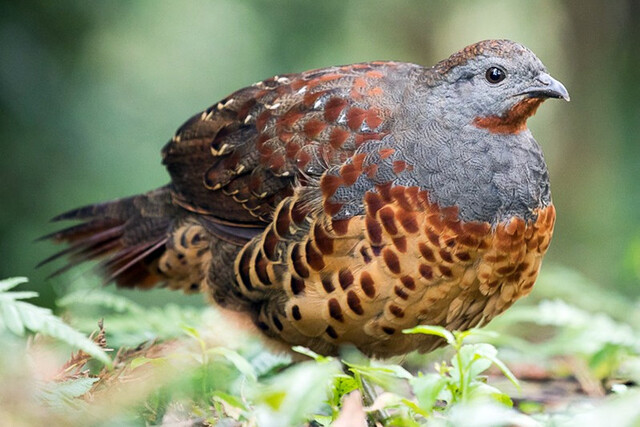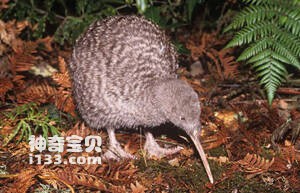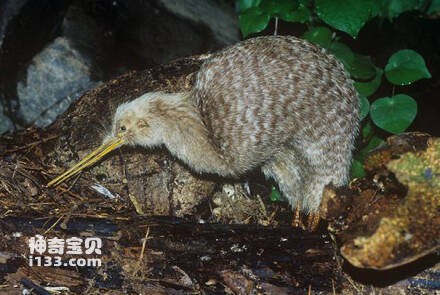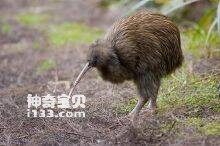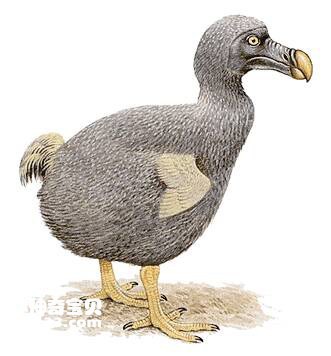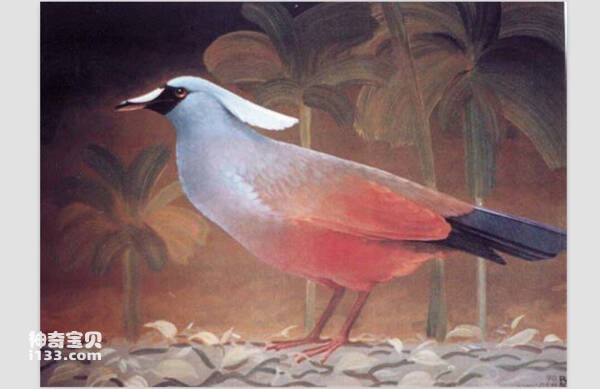Pternistis hartlaubi
IUCN
LCBasic Information
Scientific classification
- name:Pternistis hartlaubi
- Scientific Name:Pternistis hartlaubi,Hartlaub's Francolin
- Outline:Landfowl
- Family:Chickeniformes Pheasants Polytridges
Vital signs
- length:About 28 cm
- Weight:210-290g
- lifetime:No textual research information is available
Feature
The upper body of the male is mottled light brown/brown, while the lower body of the female is cinnamon (not white) without stripes
Distribution and Habitat
It is found in Angola and Namibia.
It inhabits moderately arid and semi-arid areas at an altitude of 800-1600 meters. Throughout its range, its preferred habitat consists of highlands, mostly concentrated in rocky granite and sandstone outcrops (often called "koppies" by locals), surrounded by semi-desert steppes.
Appearance
The length of the partridge is 28 cm; Males weigh 245-290 grams and females 210-240 grams. The species is dimorphic in size and plumage, and has a disproportionately large beak (compared to other colored partridges). The exposed parts are mostly dull yellow, while the male's upper body is mottled light brown/brown, with white stripes contrasting strongly with brown spots. The eyebrows are black with long white stripes separating the forehead from the rest. The feathers are clearly black and white, especially in flight. The female is the same as the male, but the underbody is cinnamon (not white) without stripes, the head is gray-brown, and the eyebrows are orange. Legs and claws yellow, beak brown. The tip of the beak is grayish black.
Details
Hartlaub (scientific name: Pternistis hartlaubi) foreign name Hartlaub' s Francolin, no subspecies.
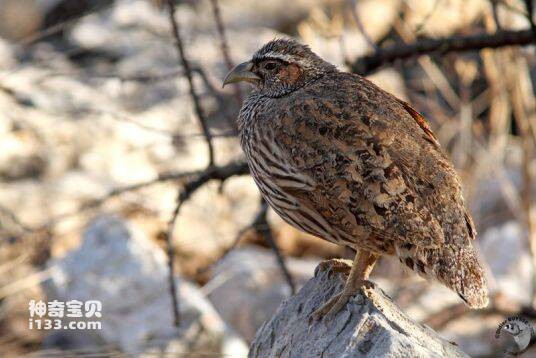
The partridge is often found in relatively dense areas of grass and brush. Occurs in pairs or in family groups of 3-4 individuals, unless chirping, usually hidden among boulders. It feeds on plant bulbs and bulbs, seeds, berries and shoots, as well as small mollusks, termites, ants and other insects. When in danger, he prefers running to escape danger rather than flying.
Listed on the International Union for Conservation of Nature (IUCN) 2016 Red List of Threatened Species ver 3.1 - Not Threatened (LC).
Protect wild animals and eliminate wild meat.
Maintaining ecological balance is everyone's responsibility!

